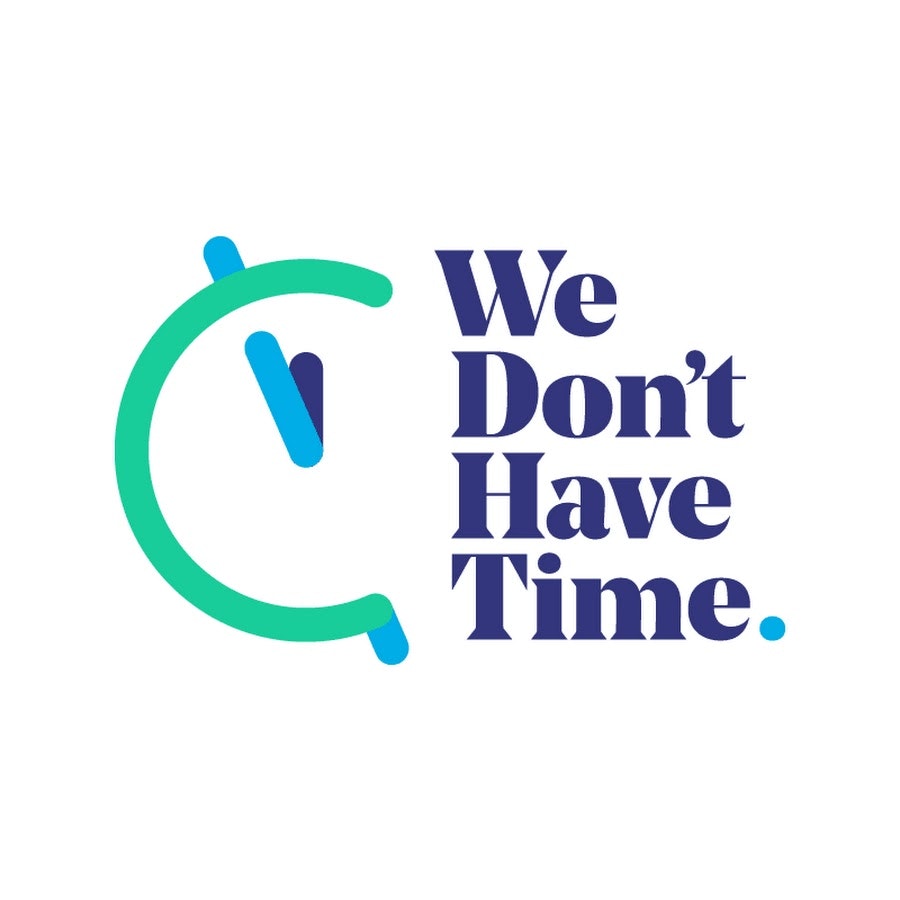The investigation into the deadly car blast near Delhi’s Red Fort on November 10, 2025, has uncovered a chilling “white-collar” terror module involving medical professionals.
The National Investigation Agency (NIA) revealed that several doctors, including those from Jammu & Kashmir and Faridabad’s Al-Falah University, were radicalised over the past five years, using social media and encrypted digital networks to spread extremist ideology.
The explosive-laden vehicle killed 15 and injured dozens. Eight suspects, including three doctors, have been arrested, and nearly 3,000 kg of explosives seized. Officials emphasise coordinated efforts to dismantle the network, while medical associations have condemned the misuse of the profession for terror acts.
The Emergence of a White-Collar Terror Network
The probe has exposed a radical group predominantly made up of qualified medical professionals who used their education and access to technology to propagate extremist content disguised under intellectual debate.
Central figures such as Dr. Umar ul Nabi, the alleged mastermind and driver of the blast vehicle, worked across Delhi and neighboring states. His associates include Dr. Mujammil Shakeel and Dr. Adil Ahmad Rather, with evidence pointing to their recruitment and radicalisation during medical education and internships.
The NIA highlighted that social media platforms, encrypted chats, and academic forums served as breeding grounds for hate ideologies, enabling this group to build a covert terror network spread over Jammu & Kashmir, Haryana, and Uttar Pradesh. According to officials, their activities were linked with Pakistan-backed terror groups Jaish-e-Mohammed and Ansar Ghazwat-ul-Hind, facilitating large-scale attacks through a sophisticated network.
From Digital Shadows to Deadly Reality
Significant seizures of ammonium nitrate, arms, and explosives were made from properties rented and used by these doctors, including a massive 2,900 kg haul from Faridabad. Investigations indicate that the module had been active since 2019, using online radicalisation methods to expand their reach and recruit new members, including involving local clerics as intermediaries.
The doctors used their professional status to mask their activities, which went undetected for years. The network planned coordinated terror attacks, culminating in the Red Fort car blast that caused severe loss of life and public alarm.
The case also tragically saw an accidental explosion at a police station handling seized materials, further underscoring the dangers these materials posed. Law enforcement continues to intensify digital surveillance and raids, as additional suspects remain at large.
Medical Community’s Response and Ethical Concerns
The involvement of doctors shocked the nation and led to swift condemnation from Jammu and Kashmir medical bodies and the National Medical Commission (NMC), which cancelled the registrations of the implicated doctors. They emphasised that terrorism betrays the ethical and humanitarian fabric expected from medical professionals.
The medical community has reaffirmed its commitment to peace and patient care, distancing itself from extremist actions by some members. These developments raise challenging questions about ideological vulnerability even among the educated elite and spotlight the need for deeper introspection and vigilance within professional institutions.
Staying Safe Against Online Radicalisation
To stay safe, individuals must critically assess online information, report extremist content, and seek support when exposed to troubling views.
Families and communities should maintain open dialogues to reduce isolation and provide emotional support. Institutions should promote resilience, mental well-being, and critical thinking to identify and help those susceptible to radical ideas.
Online vigilance combined with empathy can help reclaim digital spaces as centres for learning and peace, not hate and violence.
The Logical Indian’s Perspective
The radicalisation of highly educated professionals reminds us that education alone cannot shield society from extremist ideologies. The Logical Indian views this incident as a wake-up call to reinforce the values of empathy, dialogue, and unity within our digital and social spaces.
We must reclaim these spaces by promoting critical thinking, compassionate discourse, and community resilience rather than resorting to censorship or fear. This case challenges society to balance vigilance with inclusion, ensuring that knowledge and healing remain the core pursuits of the medical profession and all professional spheres.










